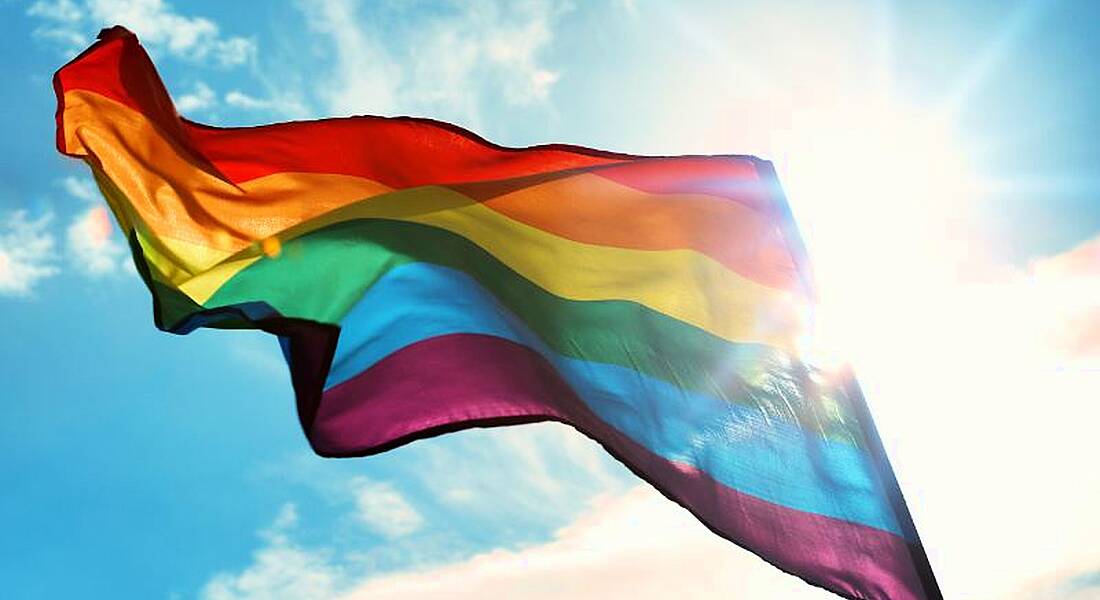How far have we actually come in the quest to protect and include members of the LGBTQ community in the workplace?
In April of this year, US supreme court justices announced that they will hear two cases involving people claiming they were fired because of their sexual orientation and one case involving an employee who was fired after disclosing that they were transitioning.
The three cases will lead the court to decide whether federal civil rights laws that prohibit employment discrimination across the US should be extended to LGBTQ people.
This could potentially beget a ruling that would prove a major milestone in the continued quest for LGBTQ rights, but it has already revealed something rather startling: these federal protections don’t already exist for LGBTQ people in the US.
As Pride kicks off in Dublin, perhaps some people on the outside looking in think the event is no longer necessary. They may see the rainbow flags billowing in the breeze, event posters in shop windows, Pride merchandise sections suddenly popping up in retailers and prominent brands temporarily switching their logos to seven colours, and think that having a specific month devoted to fighting for LGBTQ rights isn’t needed any more.
Yet in reality, if a nation as large as the US still doesn’t have basic workplace protections enshrined into law, how far can the global campaign really have progressed? Are LGBTQ people sufficiently protected in the workplace?
Protection does not mean inclusion
In Ireland, as Niamh Kavanagh points out in a piece on LGBTQ STEM experiences for the Irish Research Council, many legal protections are in place to ensure people from this group (which is one of the largest minority groups in the workforce) are protected. The Gender Recognition Act, Unfair Dismissals Act, Employment Equality Acts and more all have enshrined legislation therein to prevent discrimination.
However, she goes on to say that legal protections do not guarantee LGBTQ inclusiveness.
Even in jurisdictions where protections are myriad, there isn’t necessarily a guarantee that people will feel comfortable enough to ‘come out’ in their place of work. According to research from Stonewall – a UK organisation, based in a country that has legal protections for LGBTQ people on the books – one-third of LGBTQ people surveyed said they did not feel like they could come out at work, and one in 10 LGBTQ people of colour had been physically attacked in the workplace by customers or even colleagues.
David Ormondroyd, creative director at Ragged Edge, explains that even though he can see rainbow flags flying, “inclusion is by no means a given, and prejudice is very, very real”.
He continued: “I used to hide my sexuality at work. I hesitated over the pronouns I used and how much detail I gave away about my private life for fear of discrimination. I still second-guess myself.”
For him, workplaces need to make a concerted effort to make inclusion a priority. There needs to be, he argues, explicit policies prohibiting homophobia, biphobia and transphobia. He added that explicitly stating inclusivity in recruitment ads can also help.
As for switching branding over, recent debate has turned towards questioning whether those types of gestures amount to idle lip service. While visibility is good, some members of the LGBTQ community – such as lawyer and activist Steve Wardlaw – argue that it feels empty.
“10 years ago, I would’ve been ecstatic to see a major retailer selling Pride greetings cards. Today, I am very sceptical,” Wardlaw says. “Piggy-backing off the LGBTQ movement is an outdated PR tactic. It’s a way for brands to align with a newsworthy and important cause, without actually investing in anything.”
In San Francisco, tech giant Google has found itself in a midst of a debate about the substance of Pride Month gestures. 100 LGBTQ Google employees (known as ‘Gayglers’) wrote to the committee of SF Pride to ask them to ban Google from the parade. The employees, growing exasperated that their concerns about how homophobic abuse is policed on the YouTube platform were not being adequately addressed, felt that the company didn’t deserve to participate in the parade.
Forgetting about the T
As we’ve discussed before on Siliconrepublic.com, the discourse on LGBTQ rights both within the workplace and without can occasionally exclude, and even discriminate against, one vital element of the acronym: T, for transgender. In Ireland, almost half of transgender employees hide their identity from employers, according to the Transgender Equality Network Ireland (TENI).
In the UK, Crossland Employment Solicitors commissioned research into how trans people are perceived in the workplace and found that as many as one in three employers admitted they were unlikely to hire a transgender person. Only 3pc of the 1,000 businesses they polled explicitly welcome transgender people in their equal opportunities policy.
Therein, only 2pc of employers offer a transitioning-at-work policy to support staff intending to transition. Only 3pc have an official support system in place for workers who want to disclose transgender status, only 2pc have gender-neutral toilets, and only 12pc have a zero-tolerance policy on transgender bullying and harassment in the workplace.
“One of the main issues in the workplace is dealing with a lack of understanding as well as prejudices and stereotypical assumptions from both fellow workers and also management,” explains Beverley Sunderland, managing director of Crossland Employment Solicitors. “In the IT industry, 52pc of the employers surveyed said that only those who had undergone a medical procedure should be offered protection, which indicates a real lack of understanding as to what it means to be transgender.”
One of the biggest blocks to protecting transgender people in law is that in the UK, the protected term is not gender identity, but ‘gender reassignment’.
“This gives the impression that only those going through a medical process are protected but, as the guidance to the Equality Act makes clear, to be protected from gender reassignment discrimination you do not need to have undergone any specific treatment or surgery to change from your birth sex to your preferred gender.”
How can things improve?
This Pride Month, businesses who join in on the festivities should use the time to unflinchingly reflect on whether they are actually protecting and including their LGBTQ employees.
If employers want to boast that they create a truly safe and equitable environment for LGBTQ workers, they need to strive beyond pinning up a Pride flag. They need to put money, policy and consideration where their mouths are.




